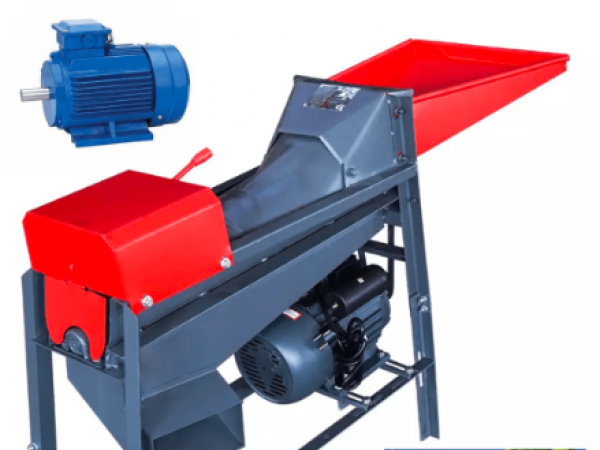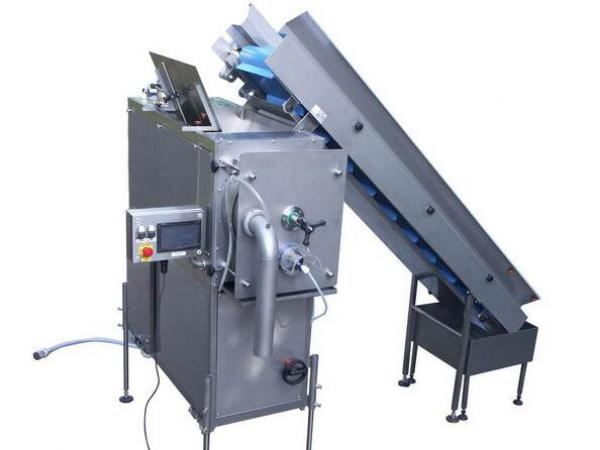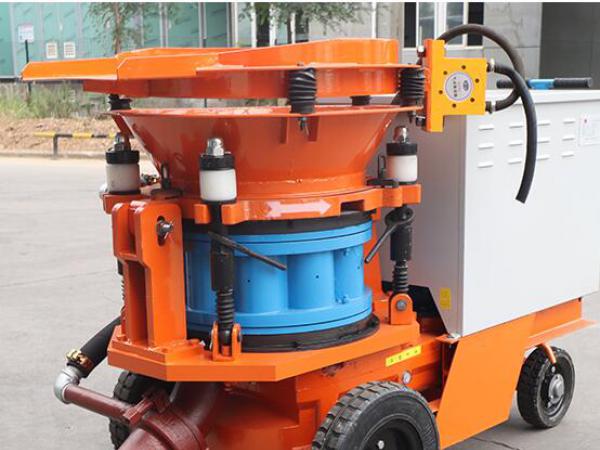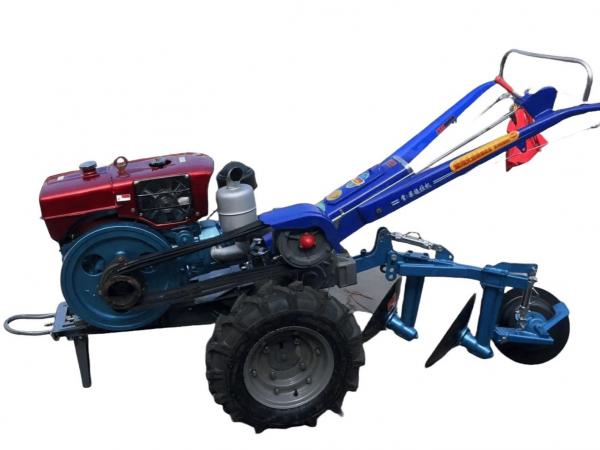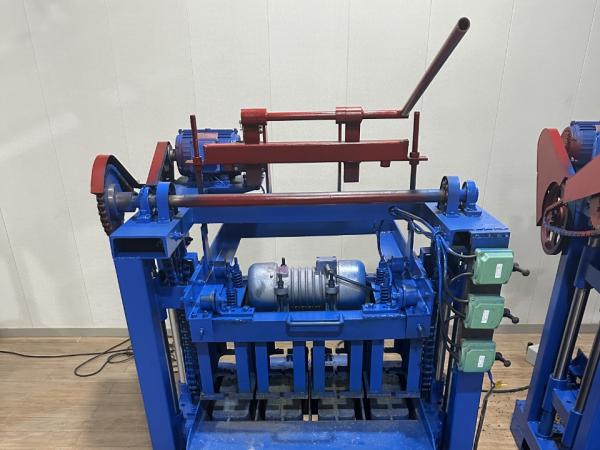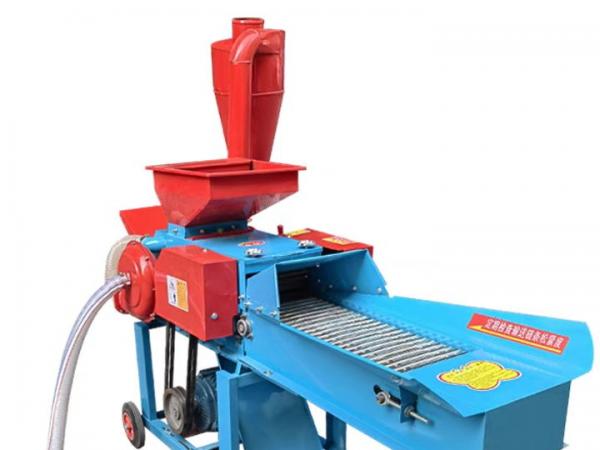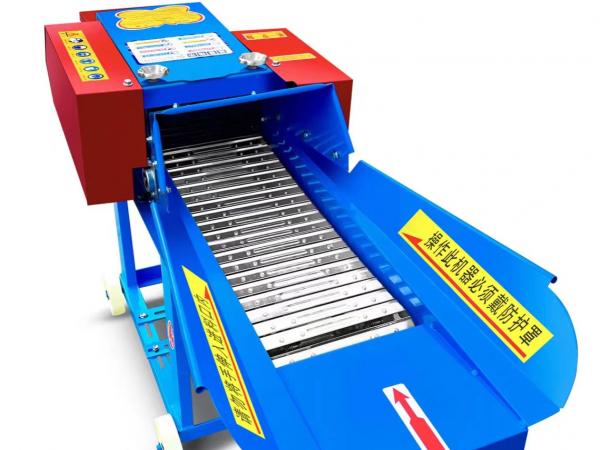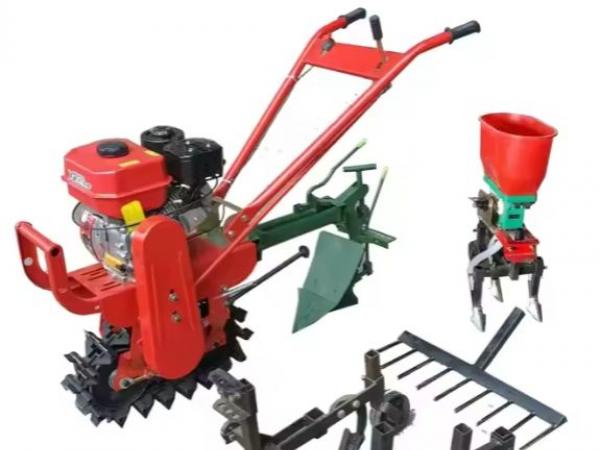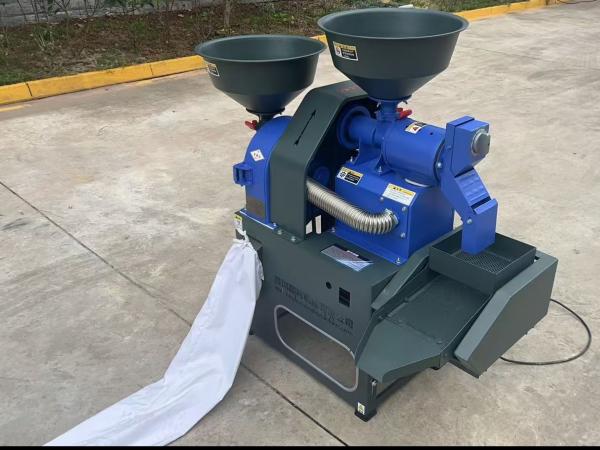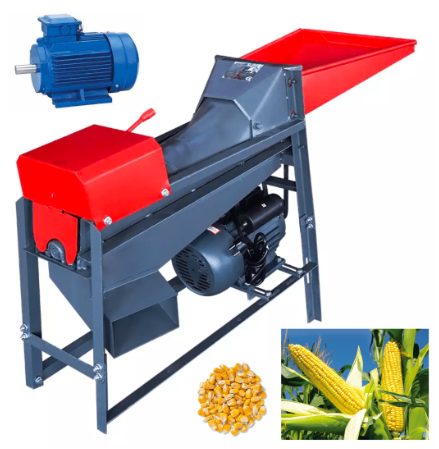
1. Tractors: The Backbone of Farming
Tractors remain indispensable for versatile tasks, including plowing, tilling, and hauling. Modern models integrate:
GPS navigation for precision farming and reduced fuel consumption.
Hydraulic systems to power attachments like plows, seeders, and cultivators.
Electric or hybrid engines for eco-friendly operations.
Example Use Case: A farmer in Iowa uses a GPS-guided tractor to plant soybeans with 98% accuracy, optimizing seed distribution and yield.
2. Combine Harvesters: Streamlining Harvesting
Combine harvesters automate reaping, threshing, and winnowing for crops like wheat, corn, and rice. Features include:
AI-powered sensors to monitor crop moisture and adjust cutting speed.
Modular designs adaptable to different terrains (e.g., hill-side harvesting in India).
Solar panels for off-grid energy supply in remote regions.
Benefit: Reduces harvest time by 70% compared to manual labor.
3. Precision Seeders & Planters
Precision planting ensures uniform crop spacing and reduces seed waste. Innovations include:
Air-seeding systems for high-speed, deep-soil penetration.
IoT-connected sensors to analyze soil fertility and adjust seed depth.
Drones that map fields before planting to identify optimal zones.
Impact: In Brazil, soybean farmers using precision seeders achieved a 15% increase in yield.
4. Irrigation Systems
Efficient water management is critical for sustainability. Solutions include:
Drip irrigation with smart valves controlled via mobile apps.
Soil moisture sensors that trigger irrigation only when needed.
Solar-powered pumps for off-grid farms in Africa.
Result: Water usage reduced by 40% while improving crop quality.
5. Agricultural Drones
Drones revolutionize crop monitoring and management:
Multispectral imaging detects nutrient deficiencies and pest infestations.
Spraying drones apply pesticides with 90% less chemical waste.
Mapping tools create 3D terrain models for drainage optimization.
Success Story: A vineyard in France uses drones to identify disease outbreaks early, saving 20% in crop losses.
6. Livestock Management Machinery
For livestock farms, automation ensures animal welfare and efficiency:
Robotic milking systems with health monitoring (e.g., temperature and milk quality).
Automated feeders that adjust rations based on animal weight and growth stage.
IoT-enabled collars tracking grazing patterns and detecting illnesses.
Outcome: Dairy farms in New Zealand report 25% higher milk production with robotic systems.
Key Advantages of Modern Agricultural Machinery
Labor Reduction: Automates repetitive tasks, addressing labor shortages.
Cost Efficiency: Long-term savings through optimized resource use.
Sustainability: Reduces carbon footprint and water/chemical waste.
Scalability: Adaptable to smallholder farms and large agribusinesses.
Challenges & Solutions
High Initial Costs: Governments and NGOs offer subsidies for machinery adoption.
Technical Expertise: Training programs for farmers on AI and IoT integration.
Maintenance: Predictive analytics tools (e.g., sensor alerts for repairs).
Conclusion
In 2025, agricultural machinery is no longer a luxury but a necessity for feeding a growing global population sustainably. By adopting smart, interconnected solutions, farmers can boost yields, reduce environmental impact, and secure long-term profitability.
For tailored recommendations, contact your local agricultural extension office or machinery dealer.



